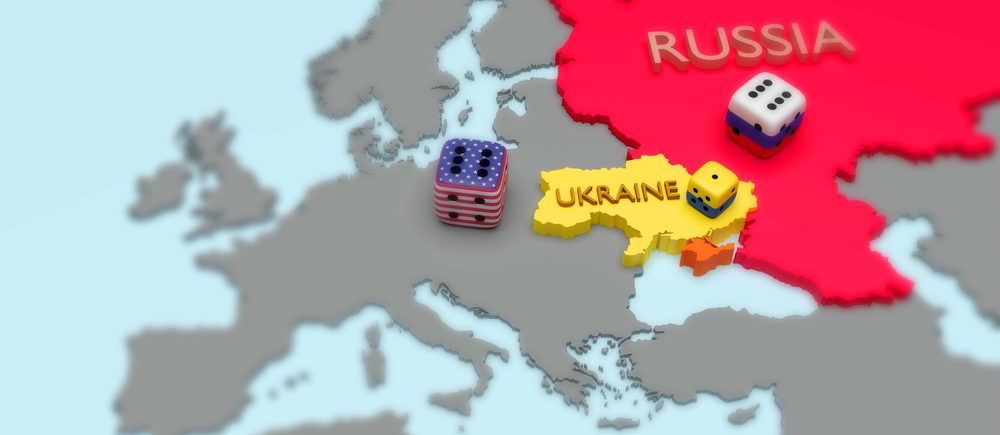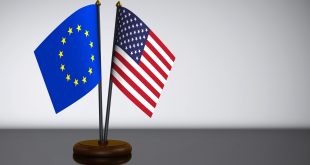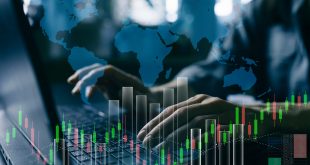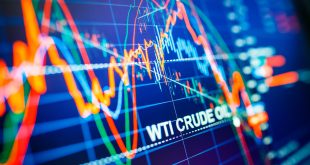Ukraine is a relatively small country wedged between Russia and Europe. It was part of the Soviet Union until 1991; it has been a less-than-perfect democracy with a fragile economy and foreign policy that wavers between pro-Russian and pro-European.
In November 2013, President Viktor Yanukovych refused a deal for integration with the European Union, sparked mass protests that Yanukovych tried to quell with violence, and Russia supported him, while the United States was on the side of Europe and the protesters.
Much later happened, as protests overthrew the government, protesters expelled Yanukovych from the country, and then Russia, in an attempt to regain its lost influence in Ukraine, invaded Crimea. In April, pro-Russian separatist rebels began seizing territory in eastern Ukraine. After the rebels shot down a Malaysia Airlines flight in July, fighting intensified between the rebels and the Ukrainian army, and the rebels began to retreat. Then, in August, the Russian military invaded eastern Ukraine to support the rebels, straining relations between Russia and the West.
On February 24, 2022, Russia launched a large-scale military invasion of Ukraine, one of its neighboring countries to the southwest, marking a steep escalation to a conflict that began in 2014. Several officials and analysts called the invasion the largest conventional military attack in Europe since World War II.
Russia has launched an attack on Ukraine by air, land, and sea, a European democracy of 44 million people. Its forces are bombing city centers and closing in on the capital, Kyiv, prompting a mass exodus of refugees.
For months, President Vladimir Putin denied he would invade his neighbor, but then he tore up a peace deal and unleashed what Germany calls “Putin’s war,” pouring forces into Ukraine’s north, east, and south.
As the number of slow climbs, Russia’s leader stands accused of shattering the peace in Europe. What happens next could jeopardize the continent’s entire security structure.
Ukraine Economy
The economy of Ukraine is an emerging free-market economy. It grew rapidly from 2000 until 2008 when the Great Recession began worldwide and reached Ukraine as the 2008–2009 Ukrainian financial crisis. The economy recovered in 2010 and continued improving until 2013. From 2014 to 2015, the Ukrainian economy suffered a severe downturn, with GDP in 2015 being slightly above half of its value in 2013. In 2016, the economy again started to grow. By 2018, the Ukrainian economy snowballed and reached almost 80% of its size in 2008.
The agricultural sector plays a major role in the Ukrainian economy. In 2020, it contributed 9.3% of GDP and employed 14% of the working population. The main crops are cereals, sugar, meat and milk, with Ukraine being the fifth largest exporter of grains globally.
Ukraine is rich in mineral deposits, including iron ore (of which it once produced 50 percent of the entire Soviet output), manganese ore (of which it had 40 percent of world output during the Soviet era), mercury, titanium, and nickel.
Ukrainian interest rates
The National Bank of Ukraine decided to postpone the interest rate decision and leave it unchanged at 10% on March 3, 2022, due to Russian forces’ large-scale armed attack in Ukraine.
The bank said that due to the imposition of coercive administrative restrictions, the monetary tools of the market do not play an important role. The bank also said that once the economy and financial system are back into regular operation, the National Bank will return to the traditional form of inflation, targeting a floating exchange rate.
chart of Ukrainian interest rate through 2021:
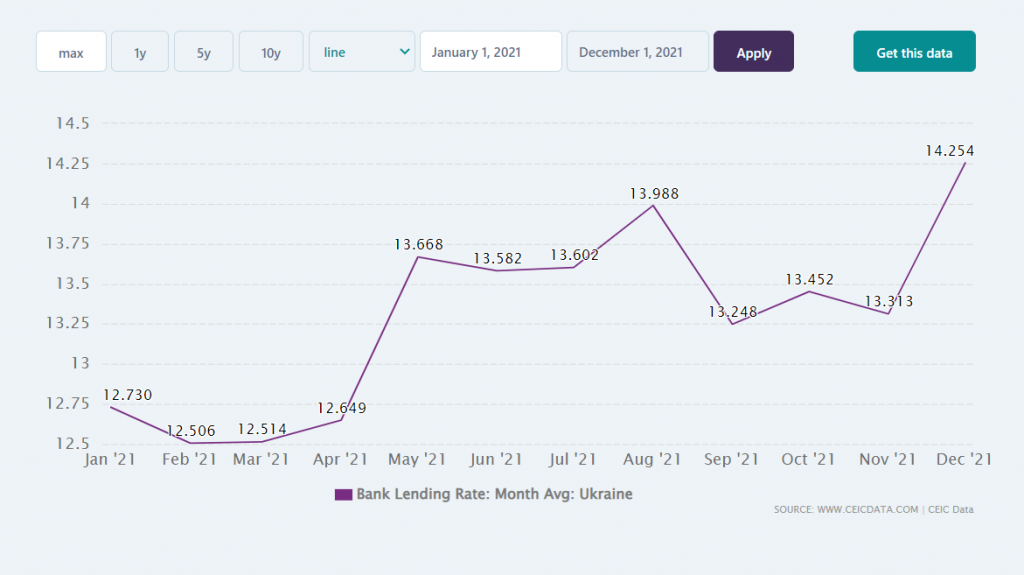
Despite the introduction of martial law in the country, the National Bank stated that the country’s banking system remains stable and highly liquid. However, in January, the board raised the deposit rate by 100 basis points to counter inflationary pressures at its previous meeting.
Many reasons and factors led to the collapse of the Ukrainian economy. The first is hyperinflation that affected most post-communist countries, but the worst effect was in Ukraine. For example, in Russia, inflation was 2,500% in 1992, in Belarus it was 2,200% in 1994, but in Ukraine, it was 10,000% in 1993. It is believed that those countries’ adoption of financing policies through money creating was one of the direct and main reasons for this hyperinflation.
What does Putin want?
He has demanded that Ukraine never join Nato and that the alliance turns the clock back to 1997 and reverses its eastward expansion. He has complained Russia has “nowhere further to retreat to – do they think we’ll just sit idly by?”
He wants Nato to remove its forces and military infrastructure from member states that joined the alliance in 1997 and not to deploy “strike weapons near Russia’s borders”. That means Central Europe, Eastern Europe, and the Baltics.
Follow us for more coverage on the Russia-Ukraine crisis
 Noor Trends News, Technical Analysis, Educational Tools and Recommendations
Noor Trends News, Technical Analysis, Educational Tools and Recommendations

